
Audrey Galawu
Assistant Editor
RioZim Limited, one of Zimbabwe’s largest mining companies, reported a net loss for the first half of 2024, citing reduced gold production and elevated production costs as primary challenges.
The group’s gold output declined by 27%, a significant drop from 417 kilograms to 306 kilograms, compared to the same period in 2023. Persistent production inefficiencies, compounded by external economic pressures, hindered profitability for the company during this turbulent period.
From the start of the year, volatile exchange rates fuelled inflation on raw materials, driving up production costs.
In April, the Zimbabwean government responded to the continued depreciation of the Zimbabwean Dollar by introducing the ZiG currency, which is backed by gold and cash reserves. While this transition stabilised prices to some degree, it came too late to offset RioZim’s cost burdens entirely for the first half of the year.
Cam & Motor Mine, one of the group's flagship operations, saw gold production drop by 42%, producing only 130 kilograms compared to 223 kilograms in the same period last year. The sharp decline was largely due to lagging pit development, which limited ore supply and access to optimal mining areas. In response, RioZim recently transitioned to a contract mining model at Cam & Motor to accelerate pit development, a move expected to improve ore supply and stabilize production in the second half of the year.
Renco Mine similarly faced production challenges, with output dipping by 9% year-over-year due to recurring equipment breakdowns and inconsistent plant performance. Despite alternative power arrangements to mitigate interruptions, these issues restrained production efficiency.
Related Stories
Dalny Mine remained under care and maintenance, with no gold production during the period. However, the mine is advancing toward small-scale production, having secured the necessary regulatory approvals and set up essential infrastructure. The company anticipates that Dalny will begin contributing to its gold output in the second half of 2024.
Despite the production setbacks, RioZim benefited from a steady increase in global gold prices. The average price per ounce rose by 13%, from US$1,910 to US$2,165, partially offsetting the revenue loss due to reduced production volumes. Total revenue for the period, however, still declined by 20% to ZWG 282.5 million, down from ZWG 352.4 million in the previous year.
In addition to gold, RioZim has interests in diamonds, chrome, and energy. The group's associate company, RZM Murowa (Private) Limited, saw a slight 2% increase in diamond production. Although this improvement came from higher grades in processed stockpiles, Murowa's revenue and profitability were negatively impacted by declining diamond prices. RioZim’s chrome operations resumed after a resolution to a dispute surrounding its Darwendale claims, which could bolster revenues in future reporting periods.
Energy constraints also continued to impact RioZim, despite alternative power supply efforts. The Group’s solar and Sengwa energy projects, aimed at achieving a more reliable energy supply, remain at the funding stage as the company seeks financing partners.
Looking forward, RioZim expects production improvements as the new mining contractor accelerates pit development at Cam & Motor. The company’s decision to increase the pit’s accessibility and adopt a ‘high volume, low grade’ production strategy is expected to enhance gold recoveries. Similarly, exploration at Murowa aims to extend its life of mine, which may support future diamond output.
However, challenges remain. The ZiG currency has stabilised prices, but RioZim notes that foreign currency availability remains a key risk. Additionally, price inflation linked to exchange rates may resurface, putting further pressure on operational costs.
In summary, RioZim’s performance reflects a balance of setbacks and proactive measures to address them. By pivoting to contract mining, advancing exploration, and investing in alternative power solutions, RioZim is positioning itself for a potential rebound in the latter half of the year.
Yet, success will hinge on its ability to navigate the persistent economic and operational challenges in Zimbabwe’s evolving mining landscape.
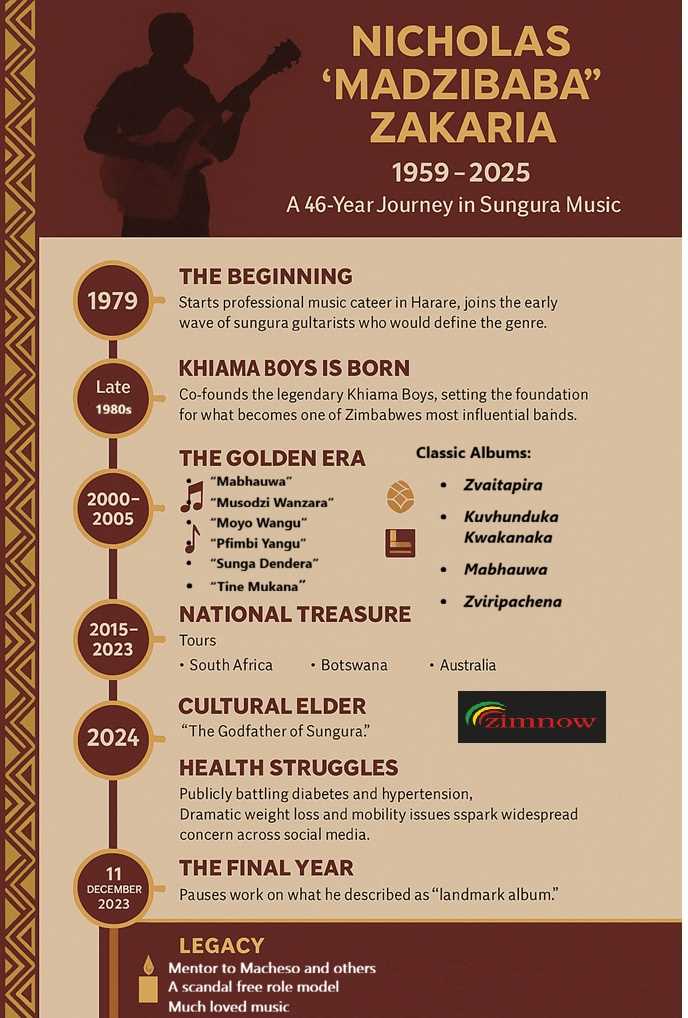

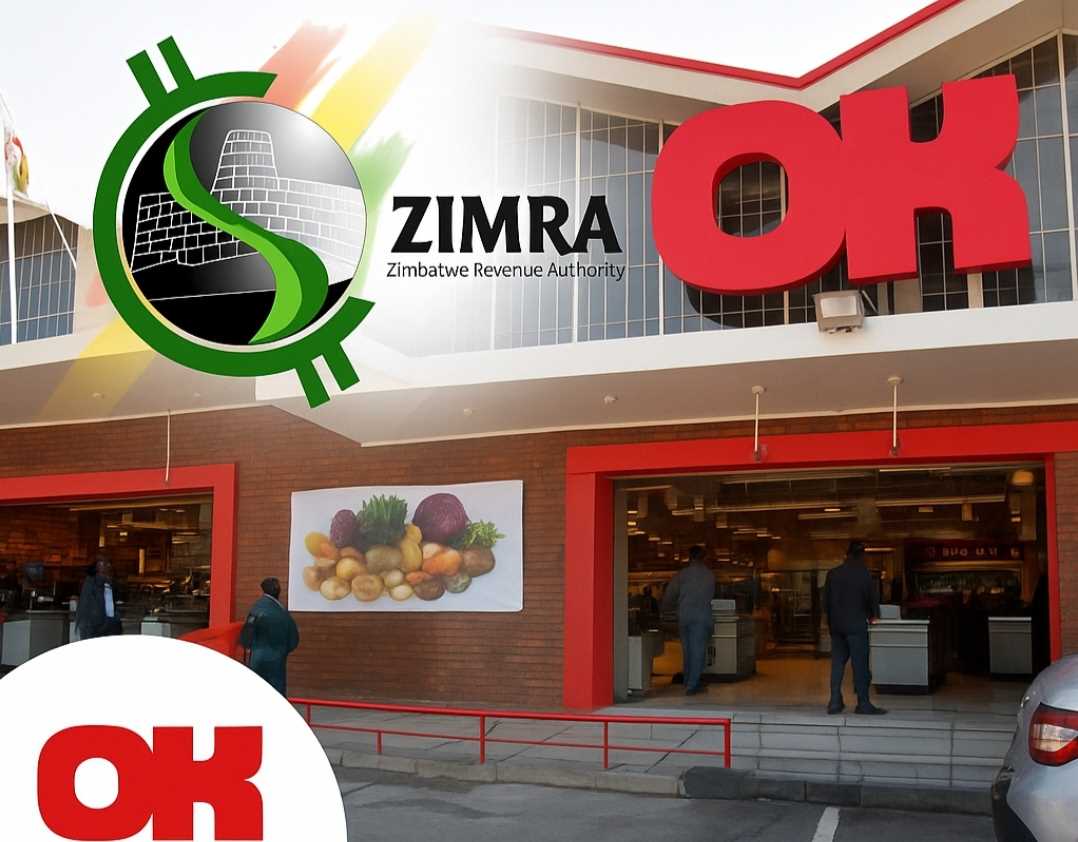
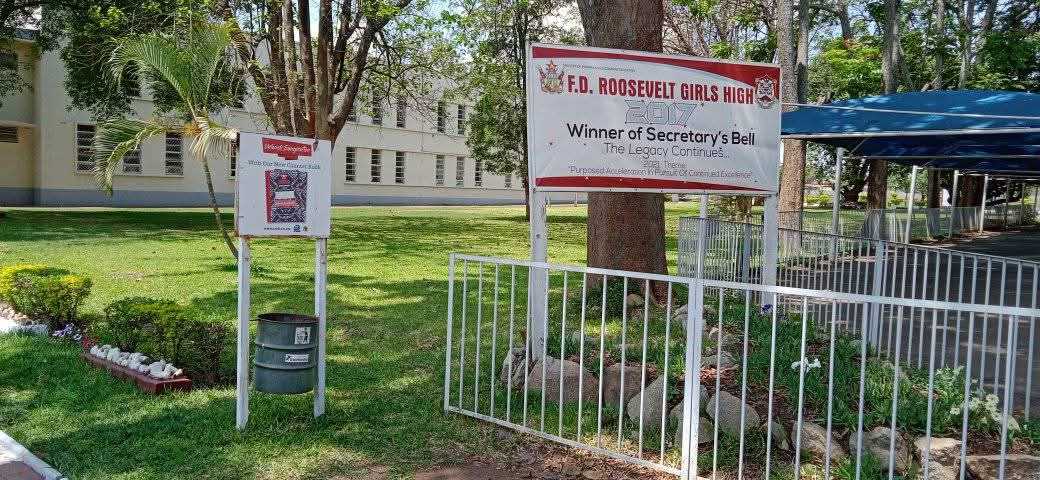







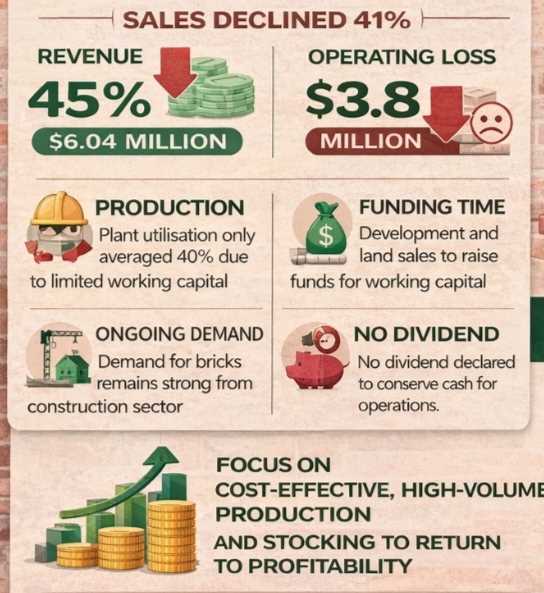
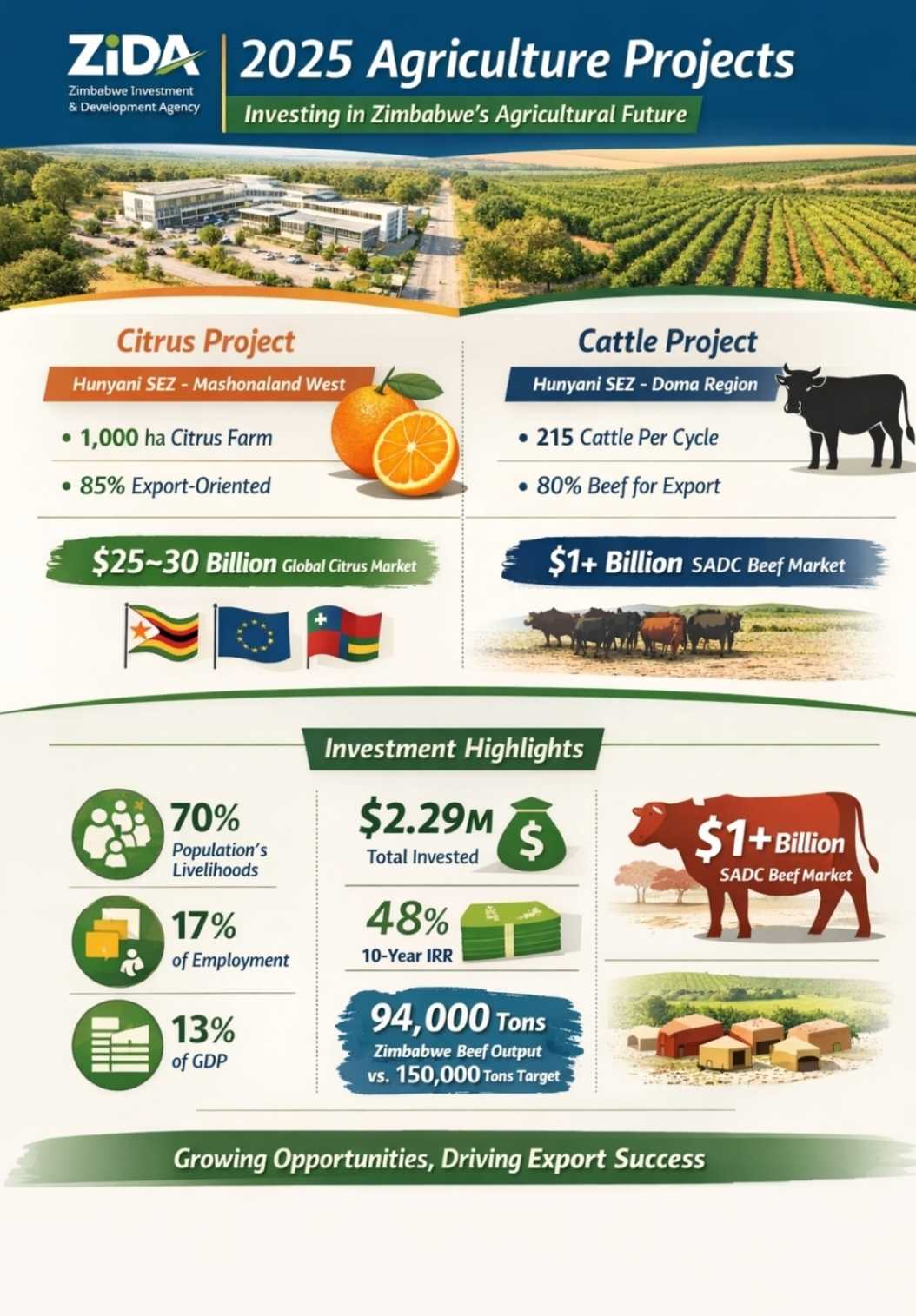


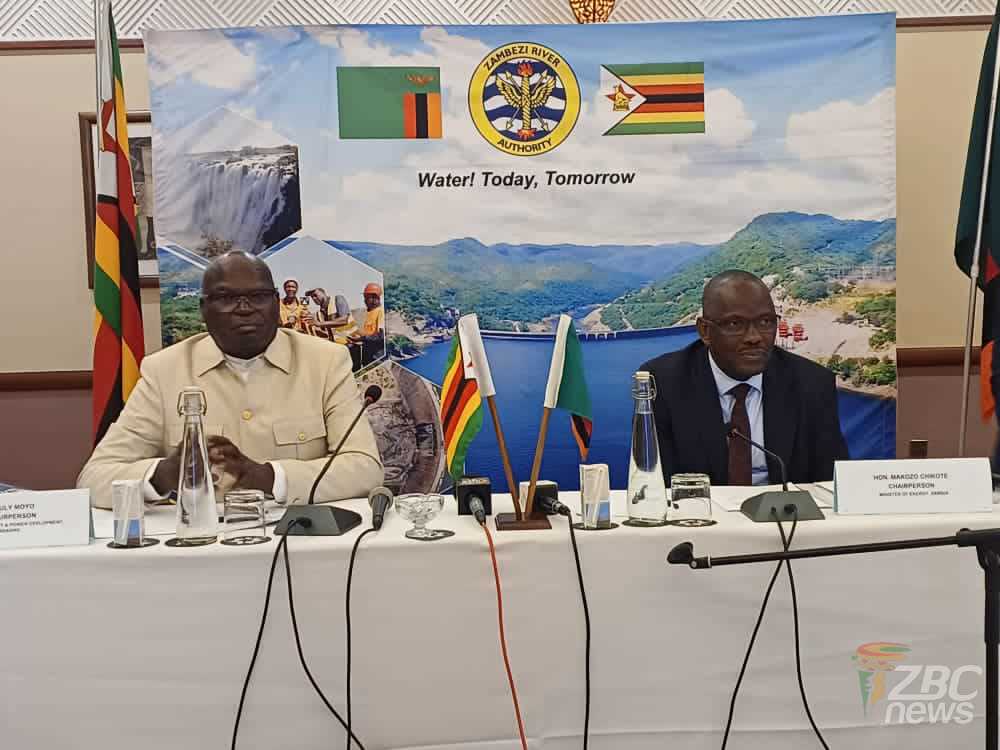
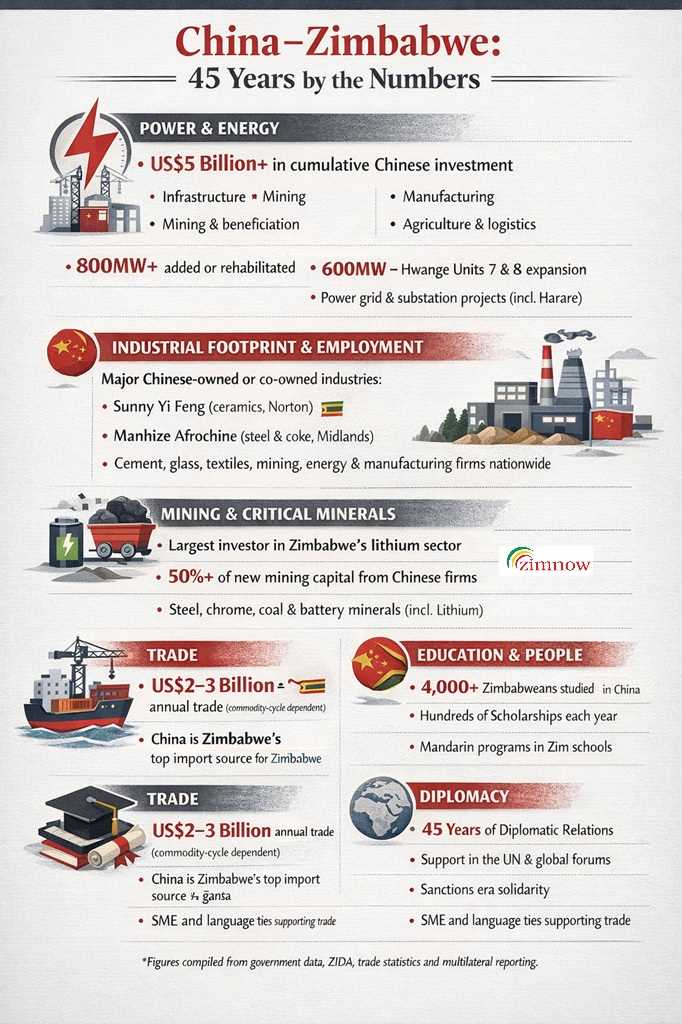
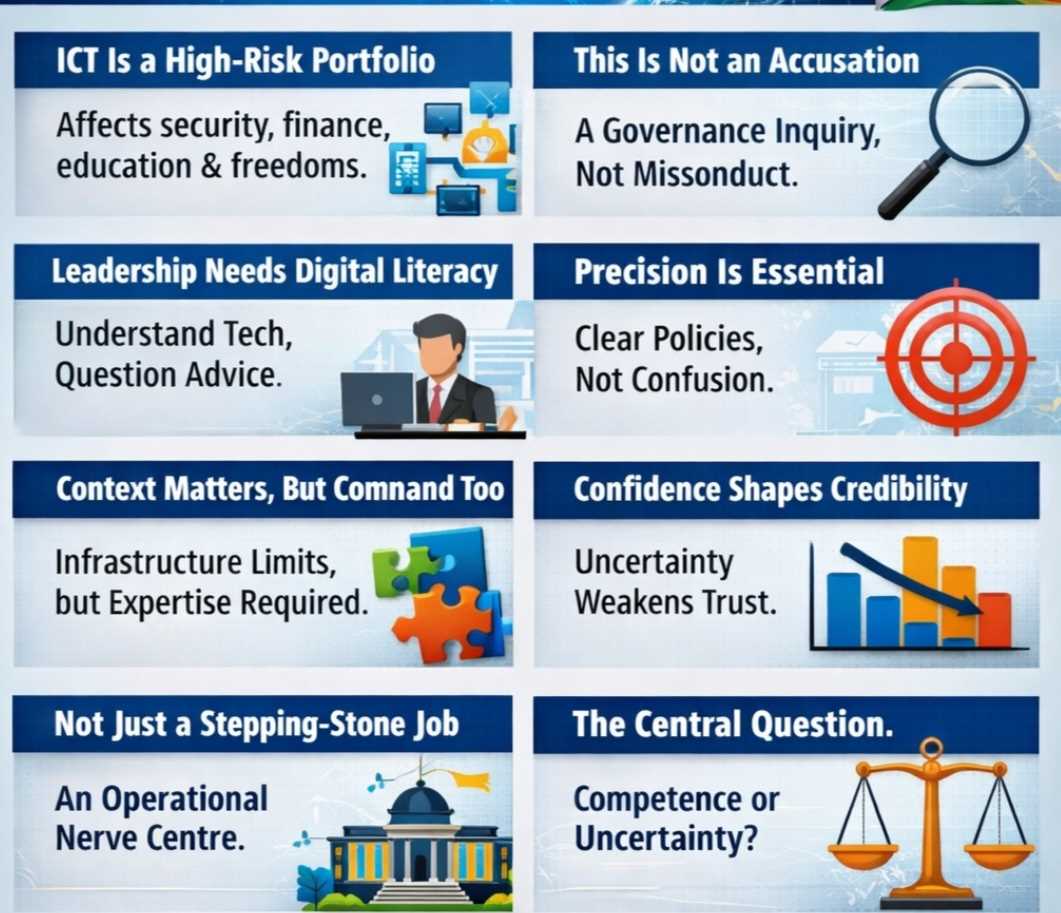


Leave Comments